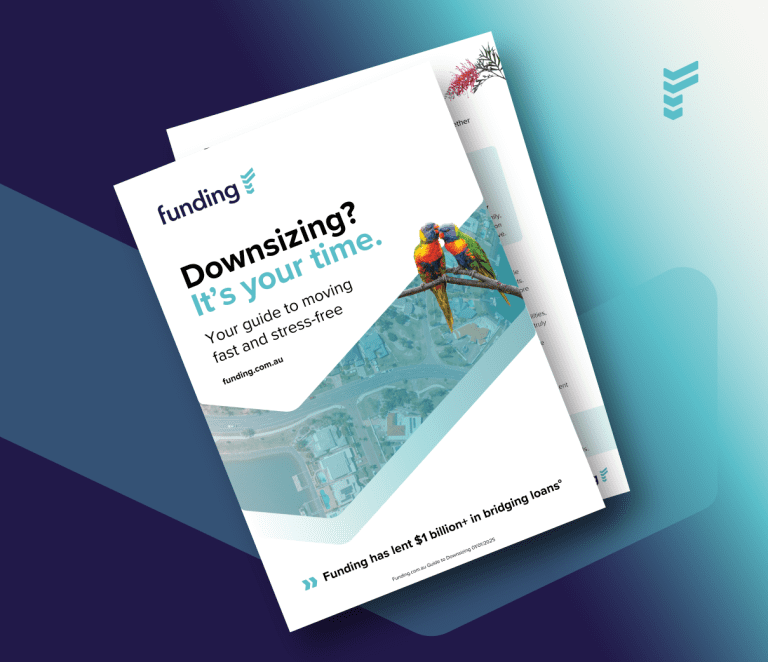Return on Investment (ROI) is a financial metric used to evaluate the profitability or efficiency of an investment. It measures the return generated on an investment relative to its cost. ROI is expressed as a percentage and is calculated by dividing the net profit from the investment by the initial cost of the investment. It is a widely used metric in finance and business to assess the potential gains from investments and compare the profitability of different investment opportunities.
Understanding ROI 1.01
Investment evaluation
Understanding ROI helps investors and businesses evaluate the potential profitability of investments. It allows for a comparison of different investment opportunities to identify the most lucrative ones.
Decision-making
ROI is a crucial metric for making informed financial decisions. It helps determine whether an investment is worth pursuing based on its expected returns relative to its cost.
Performance measurement
ROI is used to measure the performance of existing investments. It provides insights into how well an investment is performing and whether it meets the expected returns.
Budget allocation
Understanding ROI helps in allocating budgets effectively. Businesses can prioritise investments with higher ROI to maximise profitability and ensure efficient use of resources.
Risk assessment
ROI can also be used to assess the risk associated with an investment. Higher ROI typically indicates higher potential returns but may also come with higher risk.
Calculating ROI
Basic ROI formula
The basic formula for calculating ROI is:
ROI = ( Net Profit / Cost of Investment ) x 100
Example calculation
Consider an individual who invests $10,000 in a stock and sells it later for $12,000. The net profit is $2,000 ($12,000 - $10,000). The ROI would be calculated as follows:
ROI = ( $2,000 / $10,000 ) x 100 = 20%
This means the investment generated a 20% return.
Adjusted ROI formula
In some cases, it may be necessary to account for additional factors, such as taxes, fees, or holding periods. The adjusted ROI formula can be used to reflect these considerations:
Adjusted ROI = ( Net Profit - Additional Costs / Cost of Investment ) x 100
Pros and cons of ROI
Pros
- Simplicity: ROI is easy to calculate and understand, making it a widely used metric for evaluating investments.
- Comparability: ROI allows for straightforward comparisons between different investment opportunities, helping identify the most profitable options.
- Performance tracking: ROI provides a clear measure of investment performance, enabling investors to track and assess their returns.
- Decision support: ROI aids in making informed investment and business decisions by highlighting the potential profitability of various options.
Cons
- Ignores time: Basic ROI calculations do not account for the time value of money, which can be a significant limitation for long-term investments.
- Risk factors: ROI does not consider the risk associated with an investment, which can lead to incomplete assessments.
- Additional costs: ROI calculations may overlook additional costs, such as taxes, fees, and maintenance expenses, potentially overstating the true profitability.
- Short-term focus: ROI can sometimes encourage short-term thinking, as it prioritizes immediate returns over long-term growth and sustainability.
Applications of ROI
Business investments
Businesses use ROI to evaluate the profitability of various investments, such as new projects, marketing campaigns, equipment purchases, and expansion initiatives. It helps prioritize investments that are likely to generate the highest returns.
Stock market investments
Investors use ROI to assess the performance of individual stocks, mutual funds, and other financial instruments. It helps compare different investment options and build a profitable investment portfolio.
Real estate investments
Real estate investors use ROI to evaluate the profitability of property investments. It considers factors such as purchase price, rental income, maintenance costs, and property appreciation.
Marketing campaigns
Businesses use ROI to measure the effectiveness of marketing campaigns. By comparing the revenue generated from a campaign to its cost, businesses can determine the campaign's profitability and make data-driven marketing decisions.
Personal finance
Individuals use ROI to evaluate personal investments, such as savings accounts, retirement funds, and other financial products. It helps assess the potential returns and make informed decisions about where to allocate funds.
ROI in action
Consider a small business in Sydney planning to invest $50,000 in a new marketing campaign. The campaign generates $70,000 in additional revenue. The net profit from the campaign is $20,000 ($70,000 - $50,000). The ROI would be calculated as follows:
ROI = ( $20,000 / $50,000 ) x 100 = 40%
This means the marketing campaign generated a 40% return on investment, indicating its profitability and effectiveness.
Connection to other financial concepts
ROI is closely related to various financial concepts, including interest rates, net present value (NPV), internal rate of return (IRR), and cost of capital. Understanding these concepts helps investors and businesses make comprehensive assessments of their investments and financial decisions.
Learn more
For more information on ROI and its implications, visit the following resources:
- Australian Securities and Investments Commission (ASIC) - Moneysmart
- Investopedia - Return on Investment (ROI)



